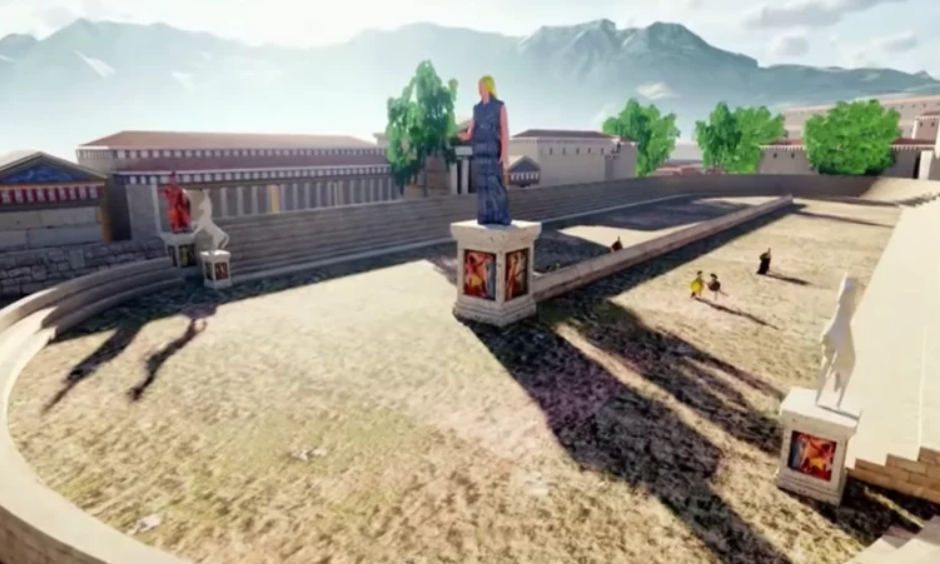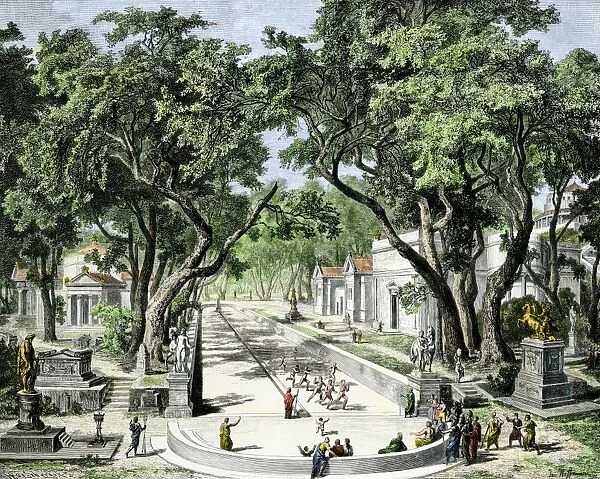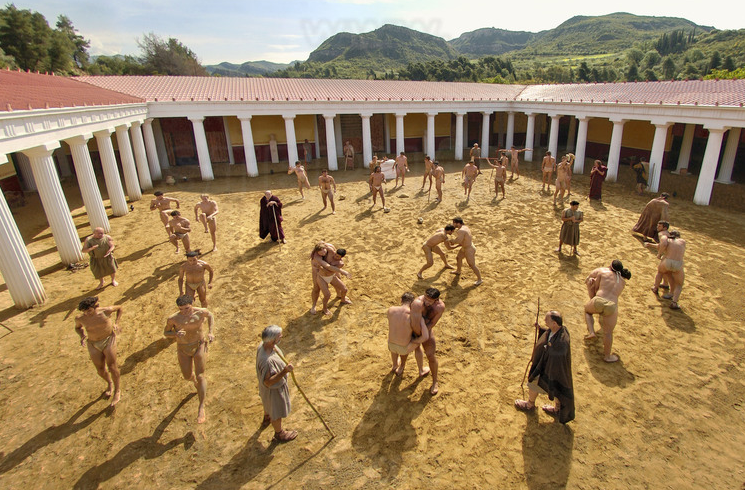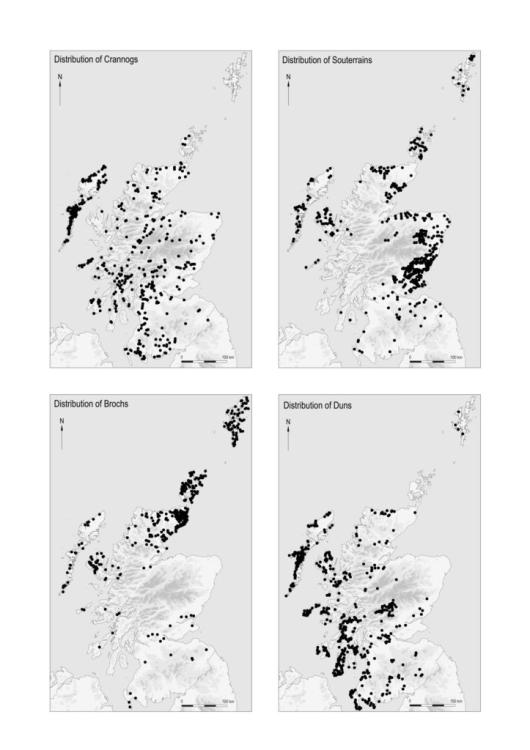-
Posts
2.409 -
Joined
-
Last visited
-
Days Won
83
Everything posted by Genava55
-
The original Vedic religion didn't forbid the consumption of cow and beef meat. It is Brahmanism which started to incorporate new elements, notably forbidding the consumption of cow. See the following: https://en.wikipedia.org/wiki/Animal_sacrifice_in_Hinduism The Brahmanic texts explicitly state that five creatures were suitable for sacrifice in Vedic India, in descending order man, horse, cattle, sheep, and goat. The texts of rigveda and other vedas provide detailed description of sacrifices including cattle sacrifice Although it is true that it started progressively during the Mauryan period. Ahsoka notably promoted a vegetarian life.
-
Liburnian ships
-
-
- 264 replies
-
- 2
-

-
- britons
- east celtic
-
(and 2 more)
Tagged with:
-
Have the compatibility issues been resolved?
-
.thumb.jpg.b21ca1d0c15fb56b42c39b25a0a40815.jpg)
Civ: Germans (Cimbri, Suebians, Goths)
Genava55 replied to wowgetoffyourcellphone's topic in Delenda Est
The exceptionally rich chamber grave of Gommern (Sachsen-Anhalt), from the late 3rd century CE. Grave goods include Roman tableware and military belt, gold jewelry, bow, other weaponry, and an embroidered round shield (boss made from a Roman drinking vessel) The nobleman was buried on Suebian territory, but a clay vessel shows connections to the Chatti tribe in the west. He was probably in war against Rome and/or in Roman military service for some time, and later became an important chieftain or local king. It is also suspected he received diplomatic gifts from the Romans. The grave also contained a board game, speaking for the strategic mind of the buried man. Depicted are the playing stones and metal fittings of the apparently foldable board, which is now decayed. -
The dromos is a running racetrack.
-
Yep and it could be exclusive to the Spartans if the theater is exclusive to the Athenians. Otherwise there is the dromos of Sparta that could be unique.
-
https://commons.wikimedia.org/wiki/File:Tentative_reconstruction_of_the_palaestra_of_Aristotle’s_Lyceum_(Lykeion)_by_Dimitris_Koukoulas,_2013,_Athens_(45180131185).jpg
-
@Thorfinn the Shallow Minded do you agree with @wowgetoffyourcellphone about the wooden theatre of Sparta?
-
I think those are the champion's upgrade with experience
-
Giving shields to the Samurai cavalry is a bit ugly
-
-
Is there any news on this? https://code.wildfiregames.com/D368 https://trac.wildfiregames.com/ticket/252
-
Yeah, the design of the game is a bit cartoney, very colorful and very bright features everywhere
-
Close up preview of the units
-
.thumb.jpg.b21ca1d0c15fb56b42c39b25a0a40815.jpg)
Others RTS - Discuss / Analysis
Genava55 replied to Lion.Kanzen's topic in Introductions & Off-Topic Discussion
Manor Lords release date => April 2024 -
The Order of the Dragon
-
Dynasty and Hierarchy in the Tombs of Monte Albán Oaxaca.pdf Codices_on_Stone_Genesis_of_Writing_in_A.pdf Early_Transformations_of_Monte_Alban_s_M.pdf The_Zapotec_writing_system.pdf https://en.wikipedia.org/wiki/Zapotec_script
-
Using Vulcan should drastically increase the performance and reduce the lag. The list is there: https://trac.wildfiregames.com/query?status=assigned&status=new&status=reopened&type=defect&milestone=Backlog&group=type&col=id&col=summary&col=owner&col=type&col=priority&col=component&col=time&order=priority People making balancing changes and small features are not the same people than those working on the engine and on the core of the game.
-
Don't worry, I took this as an opportunity to look for more info on the topic. I know you didn't imagine it like that. It's just that if you assert different arguments in a confident manner, you push your interlocutor to respond in depth. As you can see, the Cimbri are probably the best candidate to have such bonus for their women. Although they are still no warriors, they defended themselves with axes, swords etc. So at least they could have a better weapon in game for fighting. The Lusitanians could have a sort of women warriors, at least there are two strong evidences that some women could fight as regular troops.
-
-
There aren't really any towers that the Celts built. This is something that is tolerated for the sake of the gameplay but there is no indication that there were watchtowers or fortified towers in the landscape. On the other hand, the northern Britons built Brochs, Duns and Crannogs. Jarlshof Broch and Caithness Broch are the inspiration for the current fortress of the Britons. Technically a broch is not a fortress, but a fortified hamlet or a fortified house. In some cases, the broch is only constituted of a single tower like structure. I cannot say much for the tower but indeed fortified small buildings were widespread in the landscape. So why not implementing what you propose.
-
Farewell Stanislas. You have been a fantastic leader and your involvement has been remarkable. We will miss you, but I understand your decision. I wish you the best and don't hesitate to come back to say hello on the forum.






